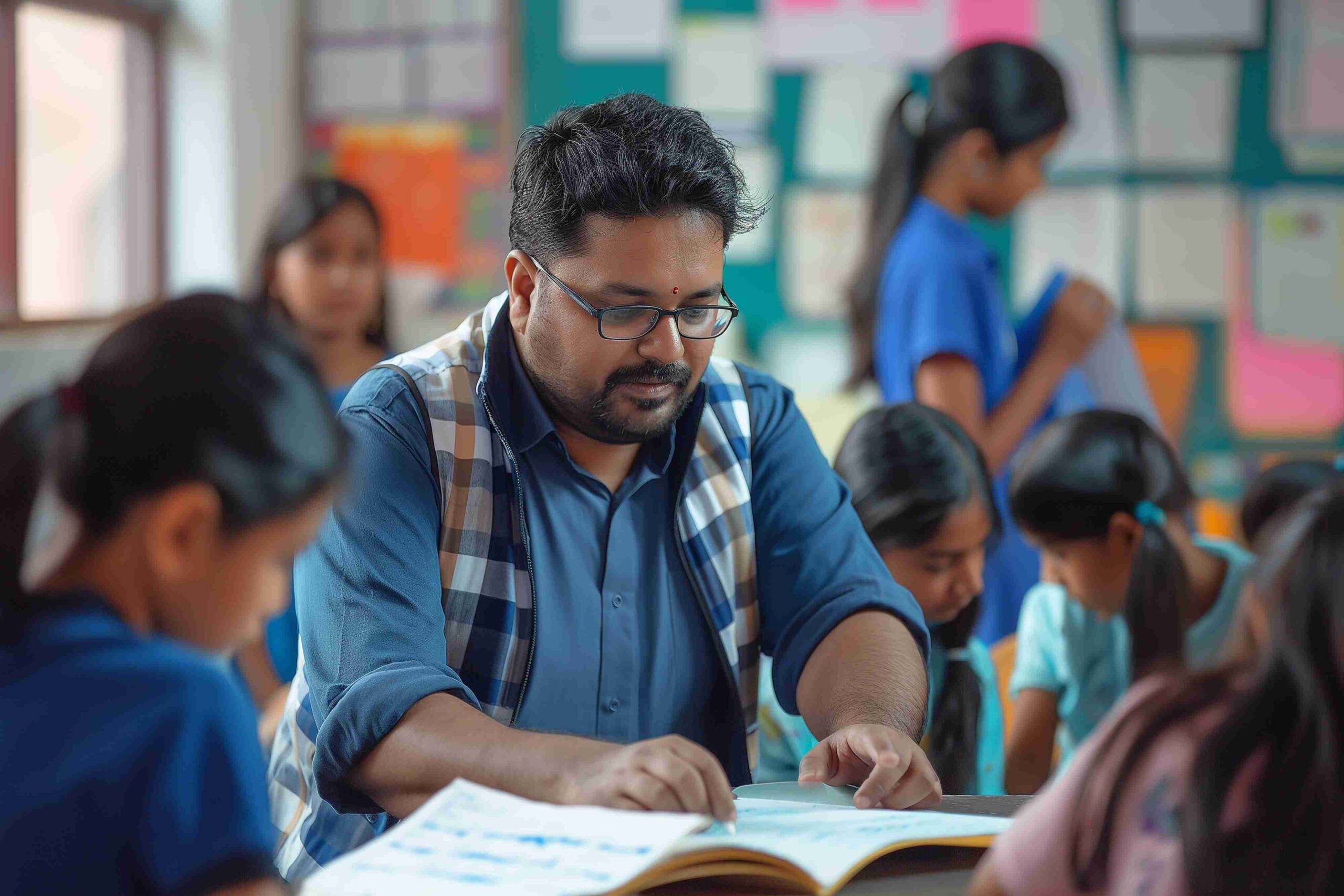In recent years, the rapid rise of Online School Education in India has revolutionized how students learn, providing flexibility and accessibility like never before. However, while urban areas have embraced this digital shift with relative ease, rural India continues to face significant challenges, particularly when it comes to connectivity issues. With limited internet access and insufficient digital infrastructure, millions of students in rural regions are struggling to reap the benefits of online education.
This blog explores the connectivity issues that hinder effective online school education in rural India and proposes solutions to overcome these barriers. We’ll also highlight how the Best Virtual School in India and the Best Online Schools in India can play a pivotal role in ensuring equitable education for all.
The Connectivity Challenge in Rural India
While urban students can readily access online education through fast internet and digital devices, rural India tells a different story. In 2021, data revealed that less than 25% of rural households had access to the internet, compared to over 55% in urban areas. This stark divide means that millions of students in rural areas are at risk of being left behind in the new era of online learning.
The challenges faced by rural students include:
- Poor Internet Connectivity: Slow internet speeds or complete lack of access makes it nearly impossible for rural students to participate in live classes, download study materials, or submit assignments.
- High Costs of Internet Access: For many families in rural areas, the cost of data is prohibitively expensive. Despite efforts to reduce the cost of internet services, the high cost remains a significant barrier for many households.
- Lack of Digital Devices: Many students in rural India do not have access to the necessary digital devices, such as laptops, tablets, or even smartphones. Even in households with a single device, it’s often shared among several children, leading to conflicts and limitations in accessing education.
- Electricity Shortages: Unstable electricity supply in rural areas further exacerbates the issue. Without reliable power, even students with internet access and devices may struggle to attend online classes regularly.
- Limited Digital Literacy: In many rural areas, both students and their families may lack the necessary digital literacy skills to navigate online learning platforms effectively. This lack of familiarity with technology adds another layer of complexity to the already challenging situation.
The Role of the Government in Bridging the Gap
The Indian government has recognized the critical need to improve digital infrastructure in rural areas, particularly to support Online School Education in India. Several initiatives have been launched to address these connectivity issues, such as:
- BharatNet Project: This initiative aims to provide broadband connectivity to over 250,000 village panchayats across India, with the goal of bringing reliable and affordable internet to rural areas. While this project is still ongoing, it represents a significant step forward in ensuring better internet access for rural students.
- PM WANI (Wi-Fi Access Network Interface): Under this initiative, public Wi-Fi hotspots are being set up in rural areas to provide free or low-cost internet access. This will enable students to access online education even if they do not have internet connections at home.
- Digital India Initiative: Through the Digital India initiative, the government is focusing on improving digital literacy and promoting the use of digital technologies in rural areas. By equipping students and their families with the skills they need to navigate online education platforms, this initiative aims to narrow the digital divide.
- Distribution of Digital Devices: In some states, the government has started distributing tablets or laptops to students from economically disadvantaged backgrounds to help them access online education. These initiatives have provided a lifeline for students who would otherwise be cut off from learning opportunities.
Innovative Solutions to Connectivity Issues
While government initiatives are essential, other stakeholders, such as private schools, tech companies, and NGOs, are also playing a crucial role in overcoming connectivity issues in rural India.
- Offline Learning Solutions: Some of the Best Virtual Schools in India have developed offline learning solutions that allow students to access study materials without needing continuous internet access. By downloading resources when they have access to the internet and studying them offline, students can continue their education even with intermittent connectivity.
- Television and Radio-Based Education: In regions where internet access is limited, television and radio can serve as powerful tools for delivering education. Educational channels, such as Swayam Prabha, provide curriculum-based content to students across India, ensuring that they can learn without needing the internet.
- Community Wi-Fi Hotspots: Some communities have come together to set up public Wi-Fi hotspots in central locations, such as village centers or schools. This allows students to gather at a single location to download study materials or attend online classes, even if their homes do not have internet access.
- Low-Cost Data Packages: Telecom companies in India have started offering special low-cost data packages designed specifically for students. These packages provide enough data for students to attend their online classes without placing a heavy financial burden on their families.
- Solar-Powered Devices: In areas where electricity is a major issue, solar-powered digital devices offer a solution. Some NGOs have distributed solar-powered tablets or laptops to students, ensuring that they can continue their education without being dependent on an unstable power supply.
- Collaboration with NGOs: Non-governmental organizations have been instrumental in bridging the connectivity gap in rural areas. By distributing digital devices, setting up community learning centers, and providing digital literacy training, NGOs are helping students access the Best Online Schools in India.
The Role of the Best Virtual Schools in India
While addressing connectivity issues is crucial, it’s equally important to ensure that the quality of online education is not compromised. The Best Virtual School in India offers flexible learning environments that cater to the specific needs of rural students, who may face disruptions in their ability to attend live classes. By providing recorded lessons, downloadable materials, and self-paced learning options, these virtual schools ensure that students in rural areas can continue their education without falling behind.
Furthermore, the Best Online Schools in India are implementing innovative teaching methods and digital tools to engage students effectively. Virtual classrooms, interactive quizzes, and personalized learning plans help make online education more accessible and impactful for students, regardless of their geographical location.
Conclusion
Overcoming connectivity issues in rural India is a complex challenge, but it’s a critical one if we are to ensure that all students have equal access to the opportunities provided by Online School Education in India. By improving digital infrastructure, offering offline learning solutions, and collaborating with various stakeholders, India can move closer to a future where every child, regardless of their location, has access to quality education.
The Best Virtual School in India and the Best Online Schools in India will continue to play a pivotal role in this journey, helping bridge the digital divide and empowering rural students to achieve their full potential in the world of online learning.







